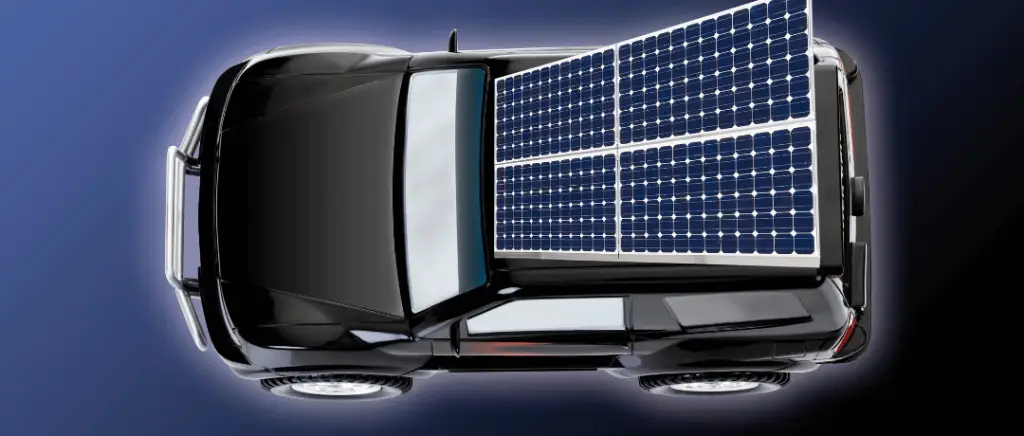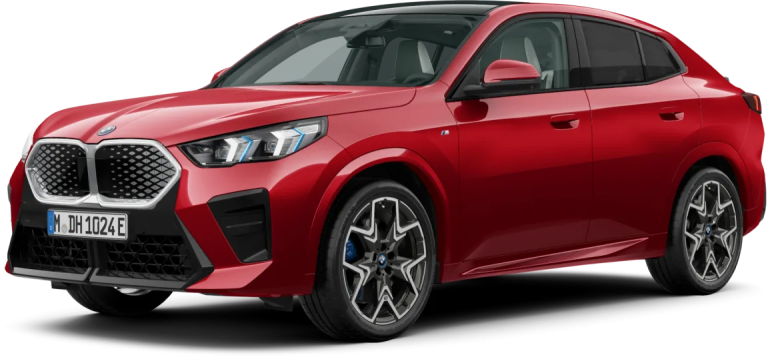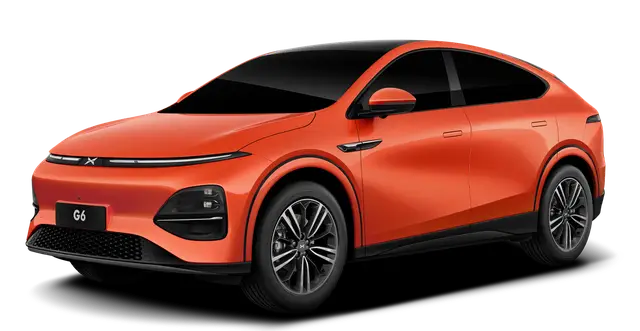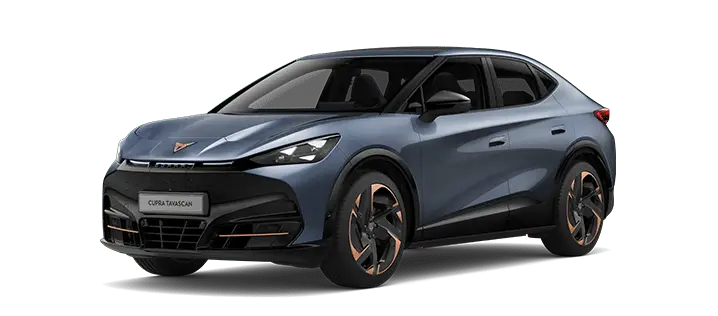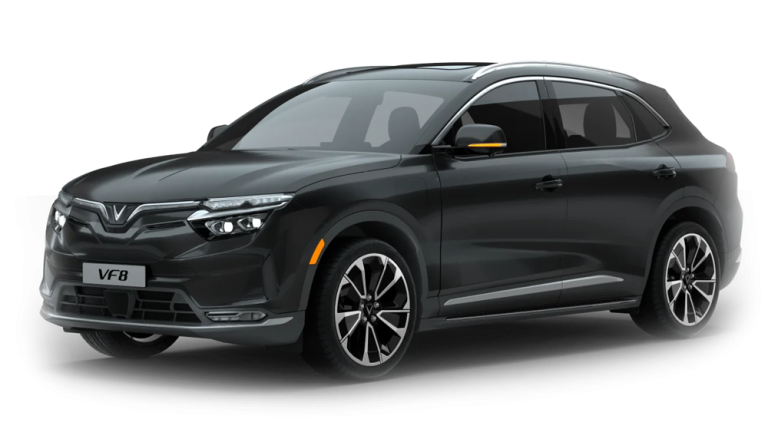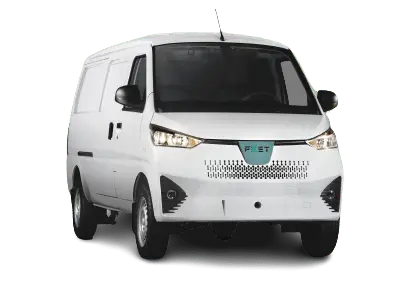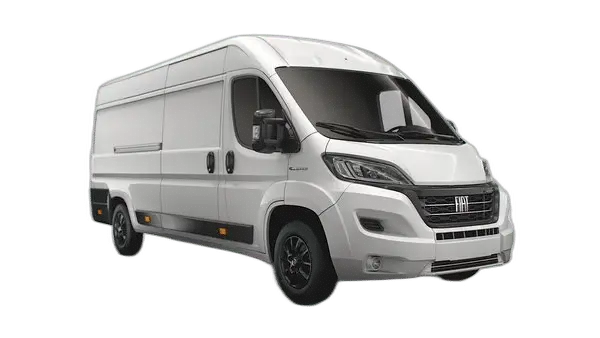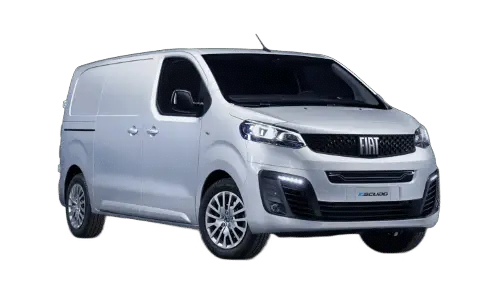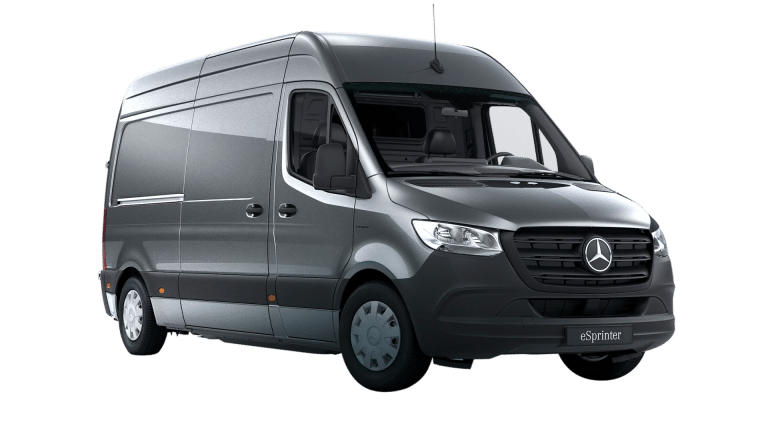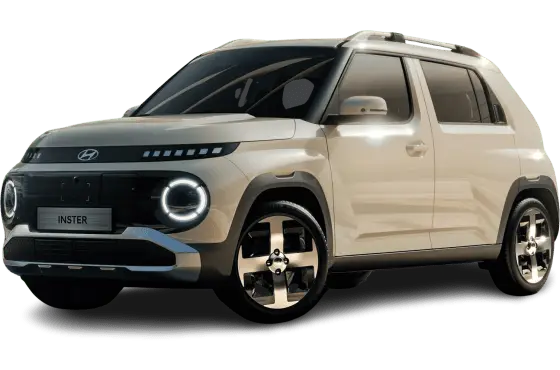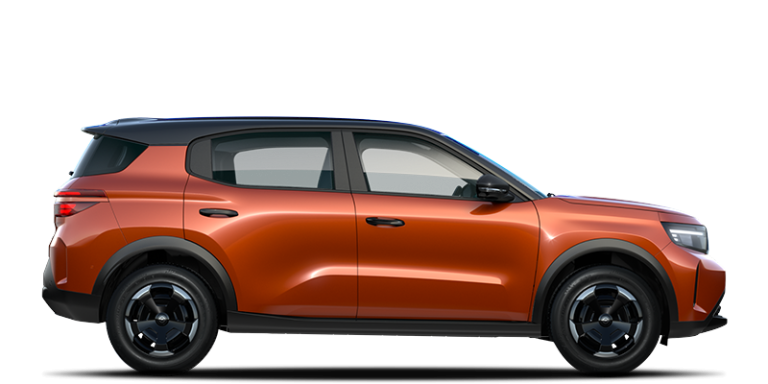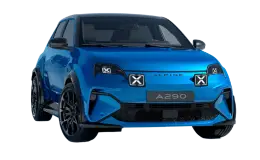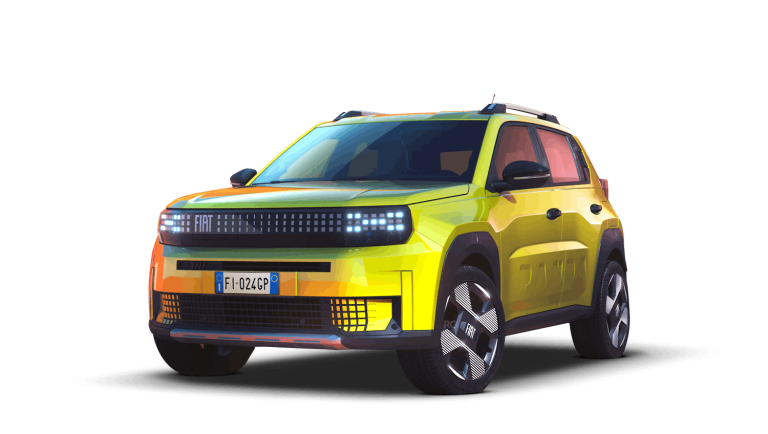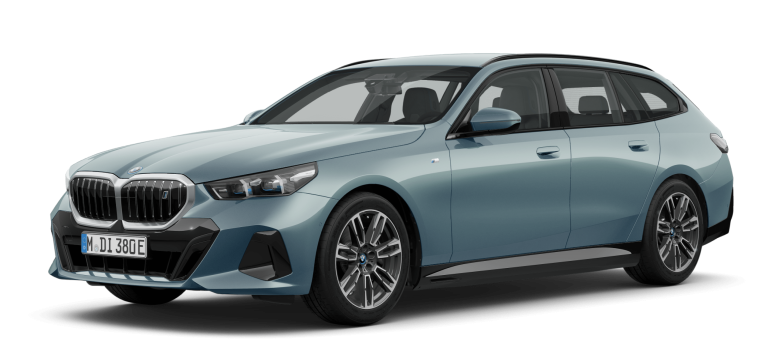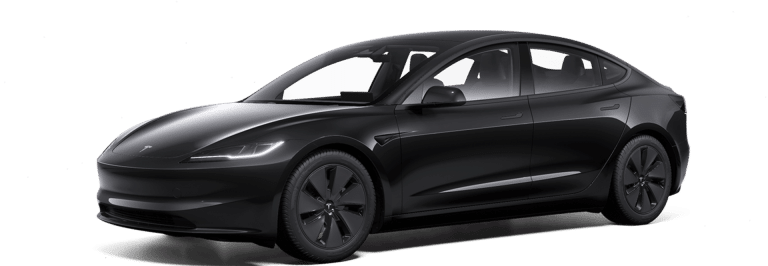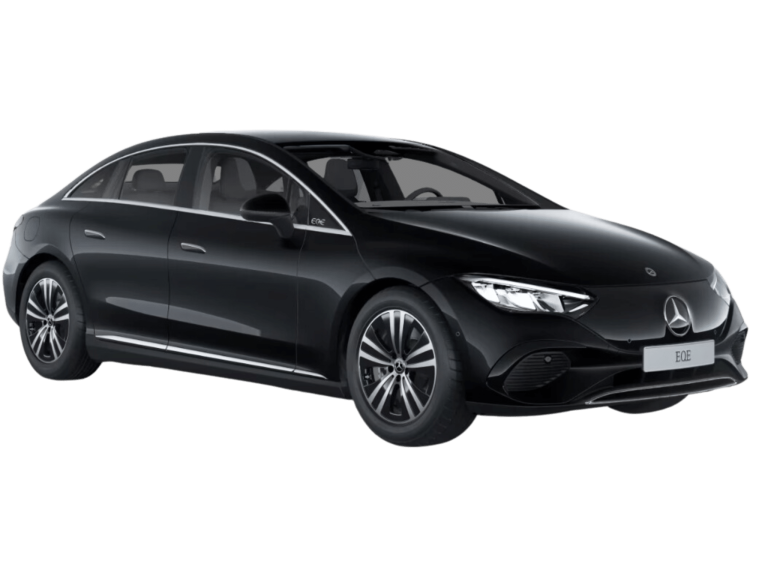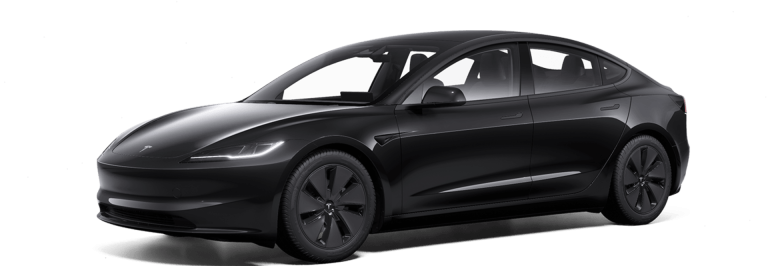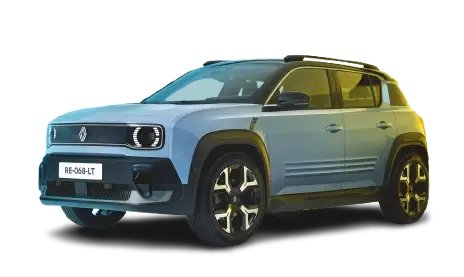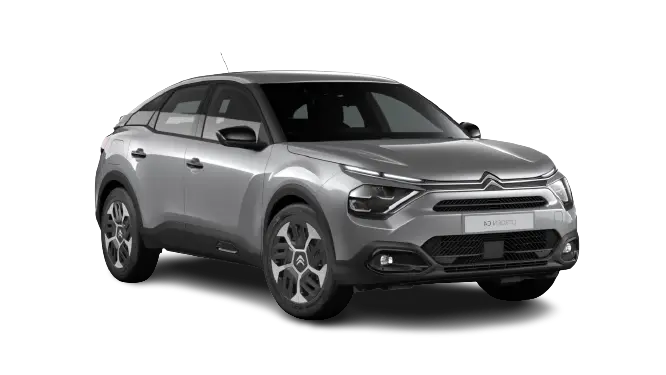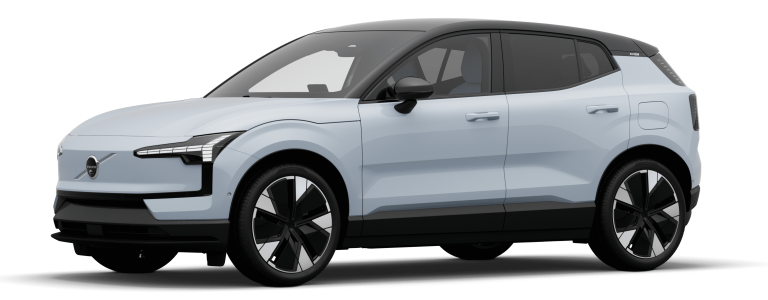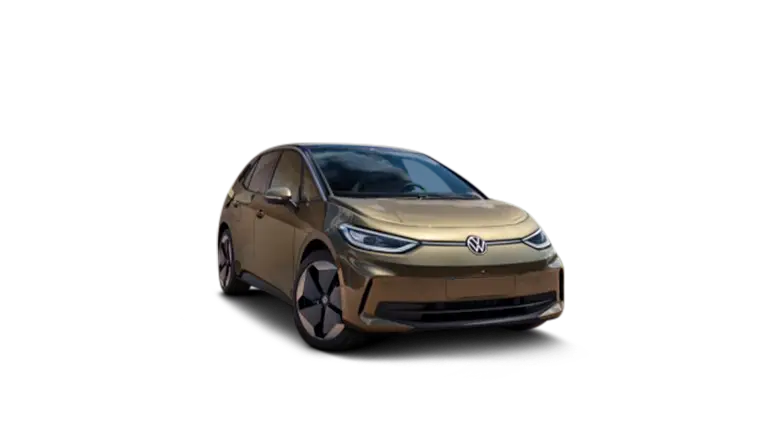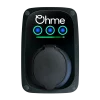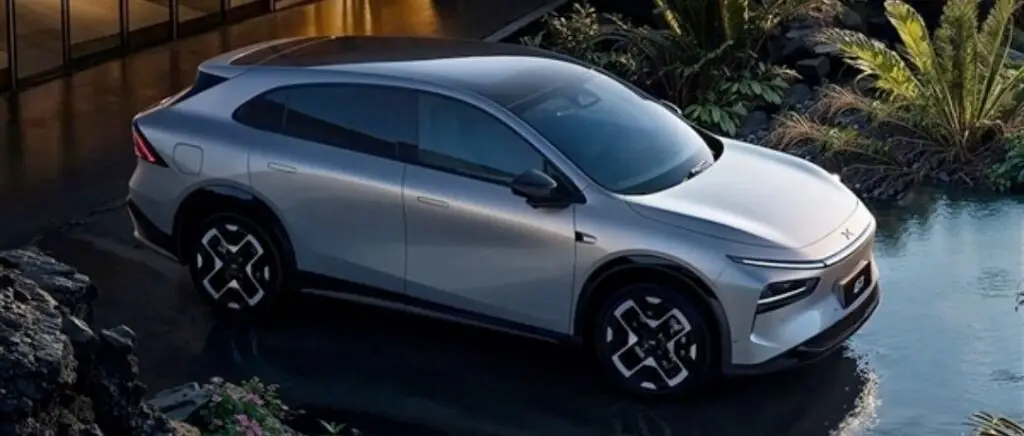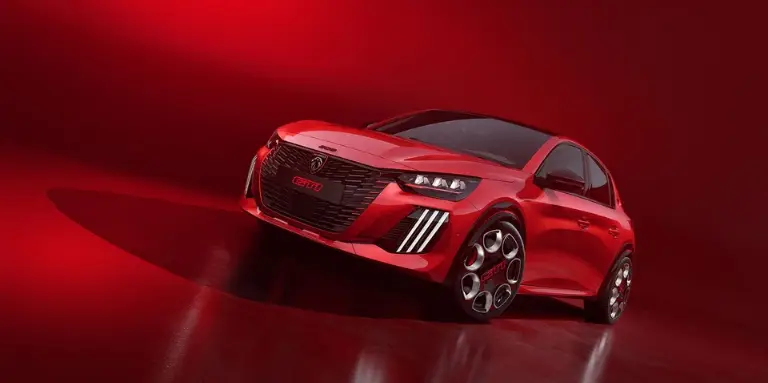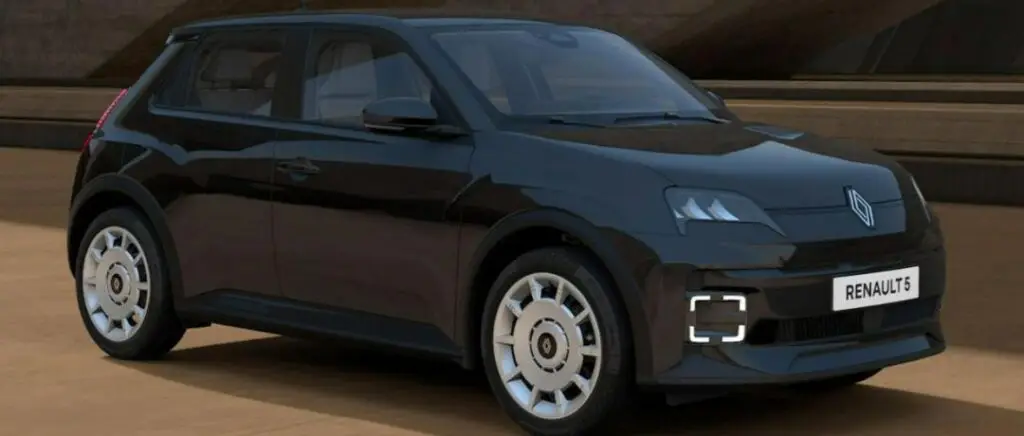Vous souhaitez passer à l’électrique ?
Beev propose des offres de véhicules 100% électriques multi-marques au meilleur prix ainsi que des solutions de recharge.
Voiture solaire : qu’est-ce que c’est ?
Une voiture solaire se distingue par son mode de fonctionnement singulier : elle utilise l’énergie solaire comme source d’alimentation, convertissant les rayons du soleil en électricité à l’aide de cellules photovoltaïques intégrées à sa carrosserie. En outre, pas besoin de borne de recharge ou de prise électrique pour effectuer ses déplacements !
La disposition des cellules photovoltaïques varie selon les modèles de véhicules : elles peuvent se trouver soit :
- en panneaux solaires sur le toit,
- intégrées à la carrosserie.
Ce mécanisme, similaire à celui des panneaux solaires traditionnels sur les bâtiments, produit de l’électricité grâce à l’énergie solaire. Les cellules solaires, intégrées à l’ensemble du véhicule grâce à l’effet photovoltaïque, convertissent le rayonnement solaire en énergie électrique. Celle-ci est stockée dans une batterie puis utilisée pour propulser la voiture lors de ses déplacements.
En effet, les capteurs solaires intégrés au véhicule permettent une recharge en continu, évitant ainsi tout arrêt pour recharger la batterie. De plus, la recharge du véhicule ne génère aucun coût supplémentaire, s’avérant avantageux pour votre budget.
À lire aussi : Les panneaux solaires pour voitures électriques : tout ce qu’il faut savoir
Actuellement, les voitures solaires ne se nourrissent pas uniquement de l’énergie solaire. Ce sont en fait des hybrides combinant électricité et énergie solaire. Elles intègrent ainsi un moteur électrique, rechargeable comme les autres voitures électriques, et une batterie apte à emmagasiner l’énergie électrique.
De ce fait, les technologies combinées les autorisent à fonctionner pendant la nuit ou en cas d’absence de soleil, et même à obtenir des autonomies plus élevées.
En outre, elles offrent une solution partielle aux fluctuations des prix de l’énergie et ainsi faire des économies. Elles représentent ainsi une avancée dans la transition énergétique de l’industrie automobile.
À lire également : L’impact de la hausse des prix de l’électricité sur ma voiture électrique
Étymologie de la voiture solaire
Les avancées technologiques pour concevoir des voitures solaires, incluant les moteurs électriques et l’effet photovoltaïque, remontent au XXᵉ siècle. Voici quelques dates clés :
1955 : William G. Cobb, un employé de General Motors Corp, dévoile le « Sunmobile », un véhicule miniature de 15 pouces de long (environ 38 cm) alimenté à l’énergie solaire, lors du salon de l’auto General Motors Powerama à Chicago.
Le “Sunmobile” détenait 12 cellules photoélectriques en sélénium intégrées (substance non métallique aux propriétés conductrices) pour générer un courant électrique, alimentant ainsi un petit moteur. Ce dernier entraînait l’arbre de transmission, relié à l’essieu arrière par une poulie.
En somme, c’est le “Sunmobile” de Cobb qui a initié l’utilisation du photovoltaïque dans l’industrie automobile.
1985 : Le Tour de Sol, organisé en Suisse en 1985, est la première course officielle de véhicules à énergie solaire. Encore maintenant, la compétition reste le principal usage des voitures solaires. Bien que pionnières, ces voitures en question ne répondent pas aux exigences de puissance des particuliers et des professionnels.
1987 : Le World Solar Challenge est désormais un événement biannuel majeur, attirant principalement des équipes universitaires et des entreprises. Les voitures participantes, légères et équipées de panneaux solaires, roulent sur trois roues de taille de pneus de vélo. Cependant, elles ne représentent pas un prototype fonctionnel pour les voitures commerciales actuelles.
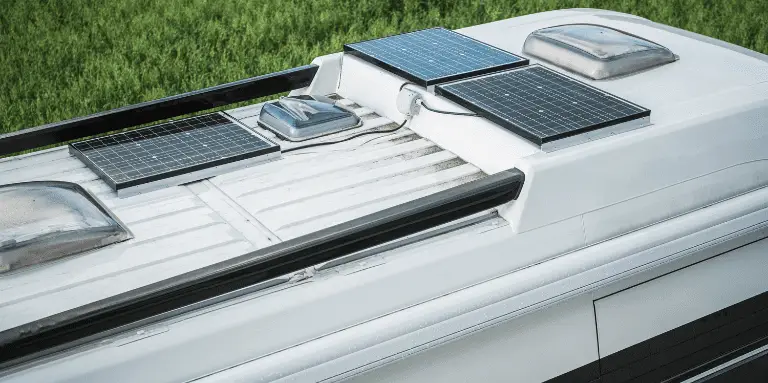
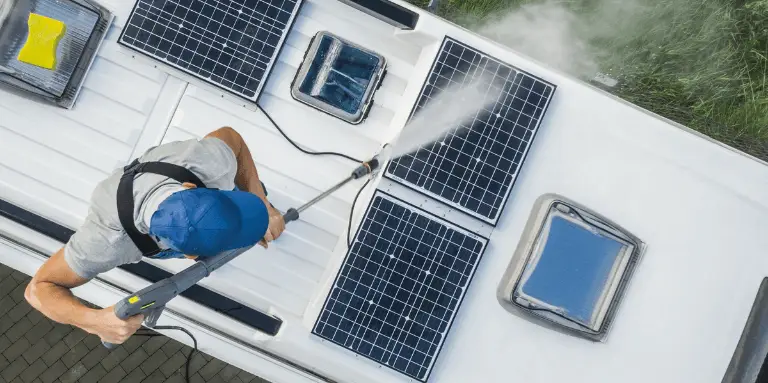
Quelques projets de voiture solaire
Pour rappel, les préoccupations environnementales grandissent et le besoin de solutions de transport durables se fait de plus en plus pressant. Ainsi, les voitures solaires émergent comme une alternative prometteuse aux véhicules traditionnels. Ces dernières années, de nombreux projets ambitieux promettent de révolutionner l’industrie automobile et de démocratiser l’utilisation de cette technologie innovante.
Lightyear 0
Pour la petite histoire, en 2013, des étudiants de l’université technique d’Eindhoven, aux Pays-Bas, participent pour la première fois au célèbre World Solar Challenge. Il s’avère que ces derniers remportent la compétition à trois reprises, en 2013, 2015 et 2017.
Convaincus de leur avancée en matière de propulsion électrique solaire, certains membres décident de franchir le pas en 2016.
Suite à cela, Lex Hoefsloot, Arjo van der Ham, Martijn Lammers, Qurein Biewenga et Koen van Ham fondent alors la société Lightyear, à Helmond, près d’Eindhoven.
En 2018, Lightyear a révélé son projet de concevoir une voiture solaire en série. L’année suivante, en 2019, la Lightyear One a été dévoilée et a été rebaptisée Lightyear 0, soulignant son engagement envers un bilan carbone neutre.
Cette voiture électrique, partiellement alimentée par l’énergie solaire, a été programmée pour son lancement commercial le 19 juin 2022. Ainsi, c’est la première voiture solaire de série et sera équipée de cinq mètres cubes de panneaux photovoltaïques, marquant ainsi une avancée technologique majeure.
La Lightyear 0 est par-dessus tout une voiture électrique avec une petite batterie et une extension solaire. Les panneaux solaires servent d’appoint énergétique, variant en fonction de la localisation géographique, de la saison et des conditions de circulation.
Ses caractéristiques
Selon les informations dont nous disposons, la Lightyear 0 est dotée de 5 m² de panneaux solaires et offrirait une autonomie de 710 km avec une consommation réduite de 8,3 kWh/100 km.
Elle accumulerait quotidiennement environ 70 km grâce au soleil, ajoutant ainsi à sa portée de 625 km attribuable à son moteur électrique standard. Pesant 1,575 kg et offrant une puissance considérable, elle se présente comme la voiture électrique la plus efficiente actuellement.
Lightyear informe que les conducteurs de ce modèle peuvent parcourir plusieurs semaines sans recharger, pour des déplacements quotidiens de 35 kilomètres. De plus, elle bénéficie de plusieurs options de chargement :
- Prise standard,
- Borne de recharge (jusqu’à 60 kW),
- Panneaux solaires.
D’après le fabricant, après une journée de stationnement en moyenne, la voiture peut regagner jusqu’à 64 km d’autonomie.
Selon les conditions climatiques, l’autonomie annuelle gratuite et sans effort varie entre 6 000 et 11 000 km, selon l’un des fondateurs.
Son prix
Acquérir l’une des 946 unités de Lightyear 0 nécessitera un investissement de 250 000 €, dépassant largement les 100 000 euros initialement prévus.
Soi-disant passant, l’entreprise a révélé son intention de dévoiler d’ici 2025 un modèle plus accessible au détriment du 0, nommé Lightyear 2, pour environ entre 25 000 et 30 000 €, en stoppant ainsi la production du Lightyear 0.
Sono Sion
Sono Motors, start-up allemande fondée en 2016 à Munich, a annoncé le développement de son monospace électrique à recharge solaire, dénommé la “Sono Sion”. C’était un projet de voiture électrique familiale et économique équipée de cellules photovoltaïques.
Malgré la promesse d’un trajet hebdomadaire sans frais grâce au soleil, l’entreprise a eu du mal à obtenir l’adhésion des investisseurs, s’avérant indispensables au lancement de la production avec les fonds requis minimum.
Ainsi, par un communiqué officiel du 24 février 2023, Sono Motors a récemment déclaré mettre fin à son initiative de développement de la voiture solaire et a dû supprimer environ 300 postes en raison de son insolvabilité. En seulement deux ans, entre 2021 et 2023, l’entreprise qui était valorisée à 2,6 milliards de $, a chuté au point où elle ne peut plus honorer ses dettes.
Bien que l’entreprise ait étendu sa campagne de financement #SaveSion et affiché un optimisme quant aux résultats, le projet Sion manquait clairement de fonds pour perdurer.
Ses caractéristiques
Ce monospace est doté de 248 cellules solaires et d’une surface de panneau photovoltaïque de 7,5 m². Cependant, malgré les 44 000 commandes annoncées, aucune Sono Sion n’a jamais été produite comme énoncé précédemment.
Par ailleurs, comme la voiture solaire de Lightyear, charger la batterie de la Sion est également possible par le biais d’une :
- prise standard,
- borne de recharge (11 kW en courant alternatif et jusqu’à 75 kW en continu)
- et/ou de panneaux solaires.
Avec une vitesse maximale limitée à 140 km/h et une accélération de 0 à 100 km/h en environ 9 secondes, la Sion prévoyait que les panneaux solaires sur la voiture puissent fournir une autonomie moyenne de 112 km par semaine. Ce chiffre impressionnant équivaut à un peu plus d’⅓ de l’autonomie totale annoncée, soit environ 300 km.
Son prix
Ce modèle prometteur se démarquait non seulement par sa technologie innovante, mais aussi par son prix accessible.
Contrairement à d’autres projets de voitures solaires comme Lightyear, la Sion se positionne sur un segment de marché plus accessible avec un prix de départ de 25 000 €, rendant la technologie solaire plus envisageable pour un large public.
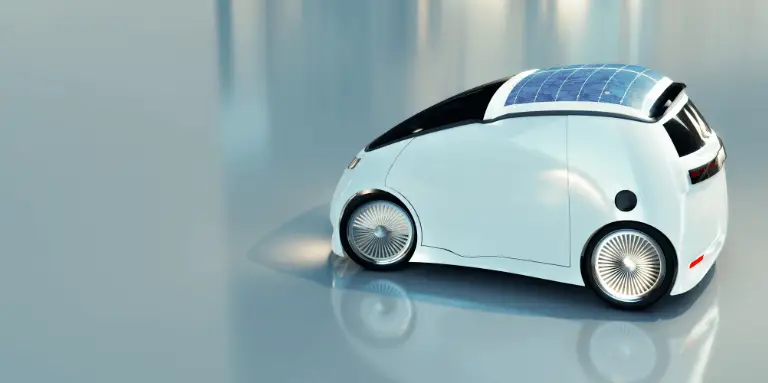
Quelques autres projets de voiture solaire
Les 2 projets cités ci-dessus sont les plus importants en termes de véhicule solaire. Cependant, quelques autres start-up ont su tirer leur épingle du jeu en proposant également une voiture eco-friendly.
Aptera
Créée une décennie auparavant, la start-up Aptera a conçu son célèbre véhicule électrique éponyme en développant divers prototypes et en réalisant plusieurs essais routiers.
La dernière version de lancement, intitulée « Launch Edition« , est donc un véhicule à trois roues. Grâce à son design innovant, cette voiture électrique solaire permet ainsi d’offrir une autonomie pouvant atteindre 643 km.
Cependant, la jeune entreprise de Californie a traversé des périodes fluctuantes, engrangeant un nombre important de précommandes, mais, comme Sono Motors, est confrontée à des difficultés financières la menant au bord de la cessation de paiement.
Kayoola Solar
L’entreprise ougandaise Kiira Motors a eu pour ambition de développer un bus solaire électrique. Plongeons maintenant dans le bus Kayoola Solar, dont le prototype a été révélé avec éclat à Kampala en 2016.
Pionnier sur le continent, le bus Kayoola Solar fonctionne grâce à des batteries lithium-ion alimentées par l’énergie solaire et pourrait parcourir 300 km par charge et se charger en 2h. De plus, il pourrait accueillir 90 passagers (soit 49 places assises et 41 places debout).
Cependant, des retards ont perturbé le projet en raison d’une planification inefficace et de la prudence des investisseurs quant à sa viabilité. Ainsi, l’année 2018 s’est achevée sans que les voitures ougandaises ne dépassent le stade de prototypes.
Tableau récapitulatif des différentes projets de voiture solaire
| Projet | Entreprise | Statut | Caractéristiques principales | Prix estimé |
|---|---|---|---|---|
| Lightyear 0 | Lightyear (Pays-Bas) | Lancé en 2022, production arrêtée | - 5 m² de panneaux solaires - Autonomie totale : 710 km - Gain solaire : ~70 km/jour - Poids : 1,575 kg |
250 000 € |
| Lightyear 2 | Lightyear (Pays-Bas) | Prévu pour 2025 | - Version plus abordable - Détails non spécifiés |
25 000 - 30 000 € |
| Sono Sion | Sono Motors (Allemagne) | Projet abandonné en 2023 | - 248 cellules solaires (7,5 m²) - Autonomie totale : ~300 km - Gain solaire : ~112 km/semaine - Vitesse max : 140 km/h |
25 000 € |
| Aptera | Aptera (États-Unis) | En développement, difficultés financières | - Véhicule à 3 roues - Autonomie : jusqu'à 643 km |
Non spécifié |
| Kayoola Solar | Kiira Motors (Ouganda) | Prototype présenté en 2016, retards | - Bus solaire électrique - Autonomie : 300 km - Capacité : 90 passagers |
Non spécifié |
La voiture solaire est-elle l’avenir de l’électromobilité ?
La montée en puissance des voitures électriques suscite un intérêt croissant pour les alternatives écologiques, dont la voiture solaire émerge comme une option prometteuse. Les avancées technologiques et les initiatives visant à réduire l’empreinte carbone encouragent son développement.
Les avantages potentiels incluent une réduction des émissions de carbone et une plus grande autonomie grâce à l’énergie solaire. Cependant, des défis subsistent, tels que :
- Surface de captage limitée : la taille de la voiture ne permet pas de poser suffisamment de panneaux solaires pour une autonomie importante.
- Météo dépendante : l’ensoleillement joue un rôle crucial.
- Coût et rendement : la technologie embarquée est encore onéreuse à l’achat.
À court terme, la voiture solaire ne remplacera pas votre véhicule principal pour les longs trajets. En revanche, la technologie solaire intégrée aux voitures électriques pourrait jouer un rôle intéressant pour l’avenir de la mobilité durable, en augmentant l’autonomie et en réduisant la consommation d’énergie.
Bien que son adoption à grande échelle soit encore à venir, la voiture solaire pourrait jouer un rôle essentiel dans l’avenir de l’électromobilité, offrant une solution viable pour une mobilité plus respectueuse de l’environnement.
Conclusion
Plus de 50 ans après que Cobb a présenté la Sunmobile, aucune voiture solaire de série n’a encore atteint le marché mondial malgré les compétitions organisées à travers le monde.
Comme nous avons pu le constater, Lightyear et Sono Motors et d’autres font référence à des véhicules solaires, mais cette appellation est en partie trompeuse. C’est davantage un outil marketing qu’une description précise de la réalité. Ces véhicules sont principalement des voitures électriques avec de petites batteries et des extensions solaires. Les panneaux solaires servent d’appoint énergétique, variant en fonction de la localisation géographique, de la saison et des conditions de circulation.
En somme, la voiture solaire est une technologie porteuse d’espoir pour la transition énergétique du secteur automobile. Si un certain flou demeure concernant son adoption à grande échelle, des initiatives encourageantes laissent entrevoir un avenir prometteur.
Même si une voiture solaire grand public reste encore un objectif lointain, l’énergie solaire peut jouer un rôle essentiel dans la promotion d’un transport durable.
Dans l’attente d’avoir accès à un véhicule solaire, n’oubliez pas que Beev propose une large gamme de marques de véhicules électriques à des prix compétitifs, accompagnés de solutions de recharge.
